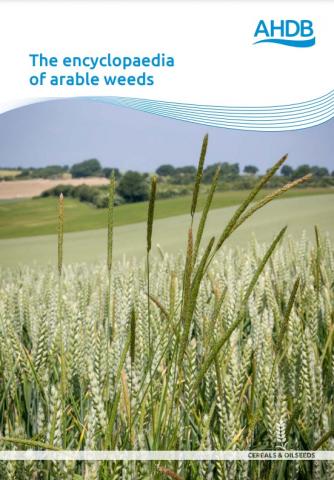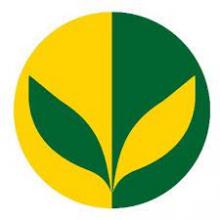This publication provides an easy reference to the major broad-leaved and grass weeds in the UK, including how to identify and manage them. The weeds are ordered alphabetically by common names and quick access to a particular weed can also be gained through the Contents. There are two pages of information (structured identically) for every weed. A banner provides, at a glance, both the common and the scientific name. Tick boxes identify if the weed is usually competitive in winter wheat (WW), winter oilseed rape (WOSR) and/or spring crops. Tick boxes also show where populations resistant to herbicides have been identified. Finally, where appropriate, the value of the weed to biodiversity, because of rarity value or support to birds or insects, is also indicated. Each weed has a more detailed description, under the headings; Life cycle, Location, Description (including key features), Biology and Management. This is complemented by photographs of the weed at the different growth stages. A simple Glossary of terms can be found together with a weed list by EPPO Code at the end of the encyclopaedia. Where herbicides are suggested, this is to guide the reader to possible options. Before applying herbicides, always check product labels for recommendations and approvals.

AHDB Guide published in 2018.
Recommended Content
Connected Content
ADAS provides ideas, specialist knowledge and solutions to secure our food and enhance the environment. We understand food production and the challenges and opportunities faced by organisations operating in the natural environment
Integrated Pest Management (IPM) is based on a diversity of pest management measures (prevention, non-chemical control, best practices for optimizing pesticide efficiency, etc.). These are combined at the farm level to enable reduced reliance on pesticides, and therefore a decrease in the exposure of the environment and people to pesticides.
We deliver transformational projects to drive productivity and boost farming and supply chain businesses. We want the industry to thrive in a rapidly changing world and continue to produce high quality food, maintain our beautiful landscape and leave a legacy for generations to come.
A weed can have many definitions, one being, any plant growing in a place it is not wanted. This topic focuses mainly on weeds affecting agriculture. Generally weeds are classified into two groups: grass-weeds (e.g Black-grass, Italian ryegrass, Bromes) and broad-leaved weeds (e.g Mayweed, Chickweed, Poppy, Cleavers).
Crop protection refers to practices and measures employed in agriculture to safeguard crops from both biotic (pests, diseases and weeds) and abiotic (environmental factors) stresses. They key goal of crop production is to maintain crop productivity, health and quality whilst minimising yield losses.
The major commodity crops in the UK are wheat, barley, oilseed rape, field beans, sugar beet and potatoes, but around half of agricultural land grows grass.
Rothamsted Research is a world-leading, non-profit research centre that focuses on strategic agricultural science to the benefit of farmers and society worldwide.
ADAS scientists help evidence and guide crop disease management by chemical, genetic and biological approaches. Our expertise covers all areas of disease management on the major crops. We lead multi-organisation collaborative research into disease management and preventation, as well as provide strategic consultancy.
Innovative Farmers are launching a new field lab exploring the use of poly cropping, inoculants and undersown cover crops to control blackgrass (BG) in spring and winter-sown crops.







